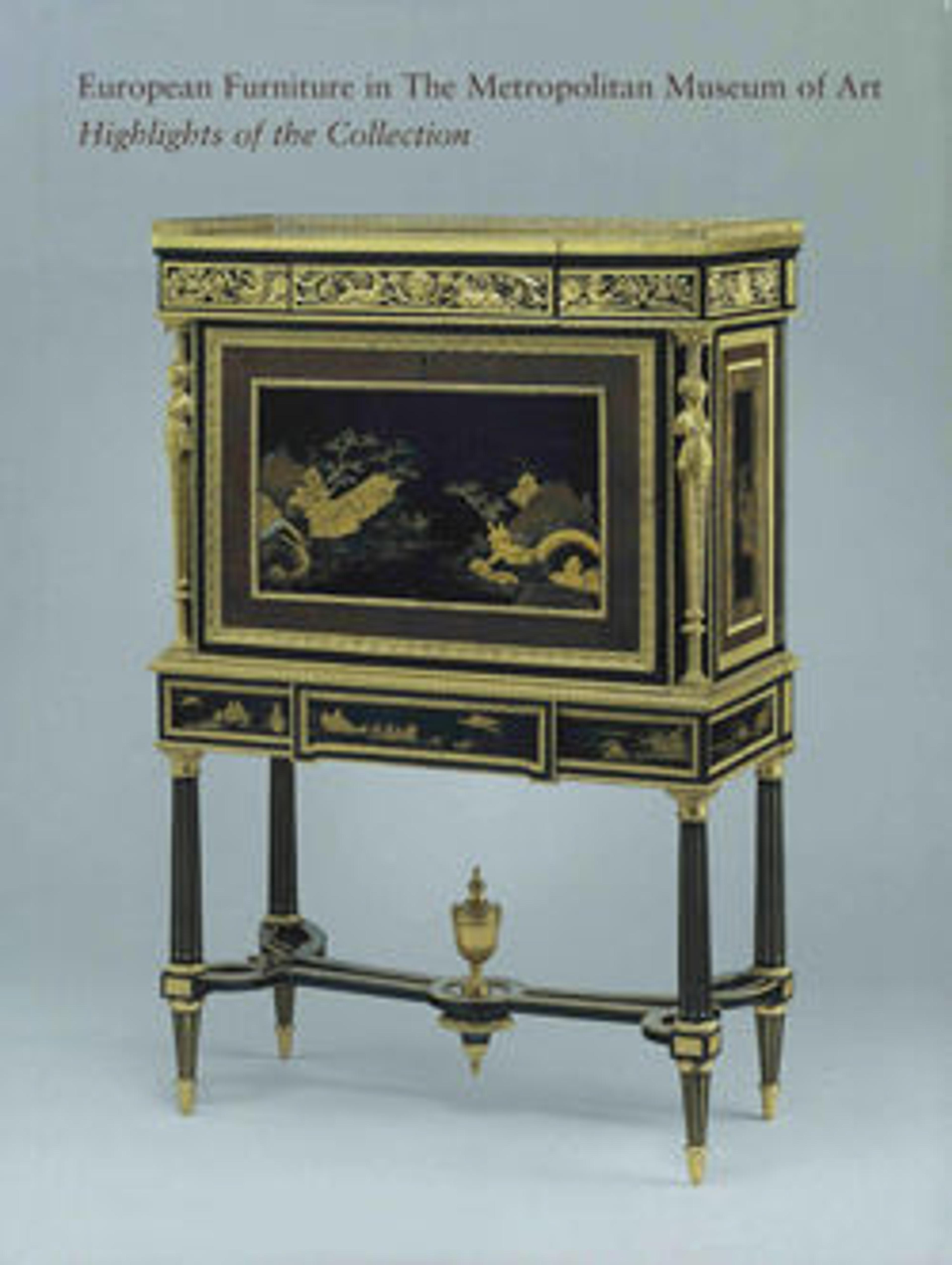Cheval fire screen
Intended to shield someone sitting before a fireplace from its direct heat, this fire screen was made for Susan, Countess of Shaftesbury (1710 – 1758) at St. Giles's House, Dorset. Called cheval, or horse, in reference to its four feet, this screen’s Rococo style was made fashionable in England by Thomas Chippendale. Prized for its durability, mahogany was imported into England from the West Indies and Central America. This lucrative trade contributed to widespread deforestation and, as with other colonial commodities, often relied on enslaved African labor. A testament to the popularity of French styles in mid-eighteenth-century England, the wool panel affixed to this elegant frame imitates French Savonnerie designs. Several English manufactories, competing to employ former Savonnerie weavers, could have produced this textile; it has most consistently been attributed to Thomas Moore, founder of the manufactory at Moorfields, London.
Artwork Details
- Title:Cheval fire screen
- Maker:Panel attributed to Thomas Moore (British, ca. 1700–1788)
- Date:ca. 1755–60
- Culture:British
- Medium:Mahogany, wool knotted-pile panel (not original to the screen)
- Dimensions:Overall: 52 1/2 × 37 1/2 × 26 1/4 in. (133.4 × 95.3 × 66.7 cm)
- Classification:Woodwork-Furniture
- Credit Line:Gift of Irwin Untermyer, 1964
- Object Number:64.101.1155
- Curatorial Department: European Sculpture and Decorative Arts
Audio
2144. Screen, Fire Cheval, Part 1
0:00
0:00
We're sorry, the transcript for this audio track is not available at this time. Please email info@metmuseum.org to request a transcript for this track.
Listen to more about this artwork
More Artwork
Research Resources
The Met provides unparalleled resources for research and welcomes an international community of students and scholars. The Met's Open Access API is where creators and researchers can connect to the The Met collection. Open Access data and public domain images are available for unrestricted commercial and noncommercial use without permission or fee.
To request images under copyright and other restrictions, please use this Image Request form.
Feedback
We continue to research and examine historical and cultural context for objects in The Met collection. If you have comments or questions about this object record, please contact us using the form below. The Museum looks forward to receiving your comments.
